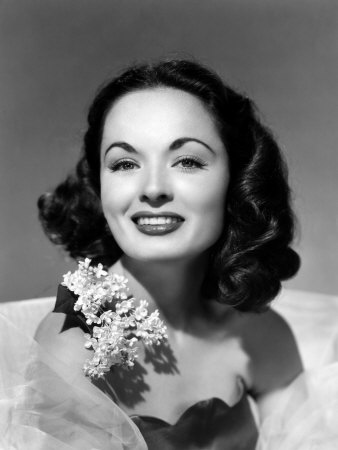Image: Studio publicity Ann Blyth
Description: Promotional photograph of actor Ann Blyth (1952)
Title: Studio publicity Ann Blyth
Credit: http://www.art.com/asp/search_do.asp/_/posters.htm?ui=EDF0B92193B5457DB6AC0CCE29B3E9E4&searchstring=Ann%20Blyth
Author: Unknown
Permission: This work is in the public domain because it was published in the United States between 1923 and 1963 and although there may or may not have been a copyright notice, the copyright was not renewed. Unless its author has been dead for the required period, it is copyrighted in the countries or areas that do not apply the rule of the shorter term for US works, such as Canada (50 pma), Mainland China (50 pma, not Hong Kong or Macao), Germany (70 pma), Mexico (100 pma), Switzerland (70 pma), and other countries with individual treaties. See Commons:Hirtle chart for further explanation. Deutsch | English | español | français | italiano | 日本語 | 한국어 | македонски | português | português do Brasil | русский | українська | +/− This is a publicity photo taken to promote a film actor. As stated by film production expert Eve Light Honathaner in The Complete Film Production Handbook, (Focal Press, 2001 p. 211.)"Publicity photos (star headshots) have traditionally not been copyrighted. Since they are disseminated to the public, they are generally considered public domain, and therefore clearance by the studio that produced them is not necessary." Nancy Wolff, includes a similar explanation: "There is a vast body of photographs, including but not limited to publicity stills, that have no notice as to who may have created them." (The Professional Photographer's Legal Handbook By Nancy E. Wolff, Allworth Communications, 2007, p. 55.) Film industry author Gerald Mast, in Film Study and the Copyright Law (1989) p. 87, writes: "According to the old copyright act, such production stills were not automatically copyrighted as part of the film and required separate copyrights as photographic stills. The new copyright act similarly excludes the production still from automatic copyright but gives the film's copyright owner a five-year period in which to copyright the stills. Most studios have never bothered to copyright these stills because they were happy to see them pass into the public domain, to be used by as many people in as many publications as possible." Kristin Thompson, committee chairperson of the for Cinema and Media Studies writes in the conclusion of a 1993 conference with cinema scholars and editors, that they "expressed the opinion that it is not necessary for authors to request permission to reproduce frame enlargements. . . [and] some trade presses that publish educational and scholarly film books also take the position that permission is not necessary for reproducing frame enlargements and publicity photographs."[1]
Usage Terms: Public domain
License: Public domain
Attribution Required?: No
Image usage
The following page links to this image:


